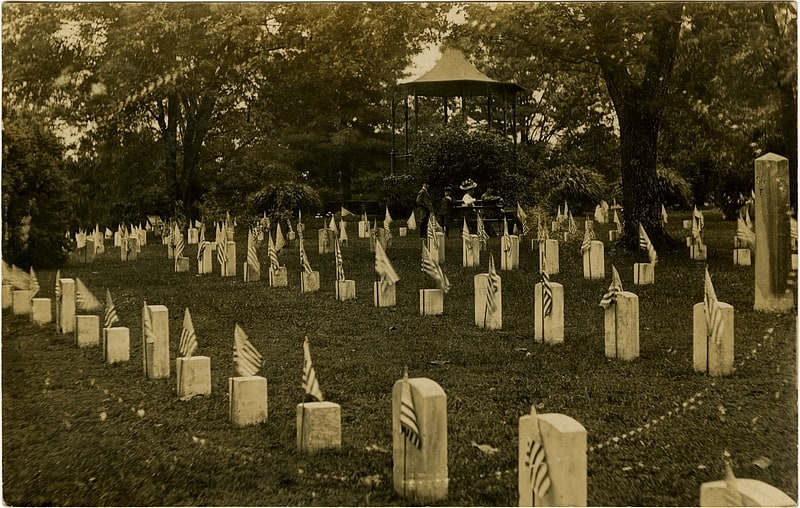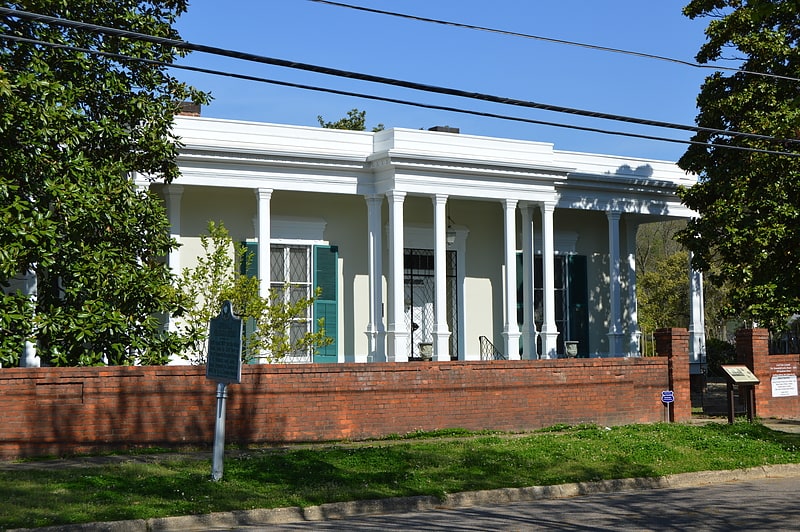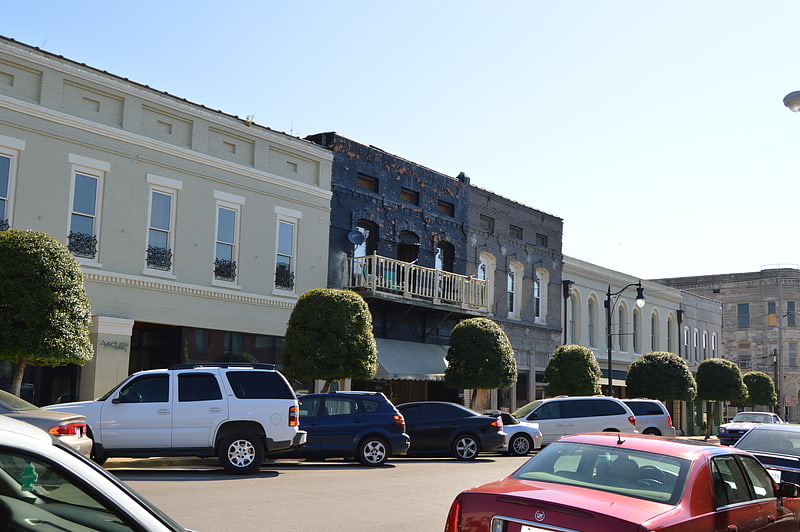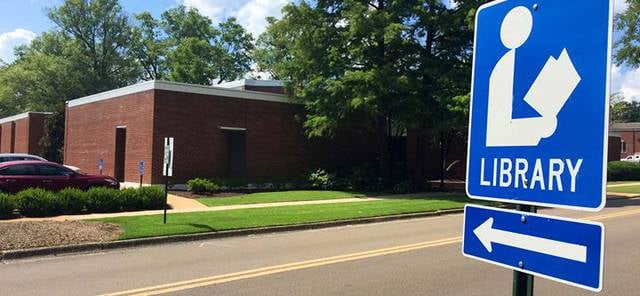Discover 7 hidden attractions, cool sights, and unusual things to do in Corinth (United States). Don't miss out on these must-see attractions: Corinth Depot, Corinth National Cemetery, and Veranda House. Also, be sure to include Downtown Corinth Historic District in your itinerary.
Below, you can find the list of the most amazing places you should visit in Corinth (Mississippi).
Table of Contents
Corinth Depot

Museum in Corinth, Mississippi. Corinth Depot, also known as the Southern/GM&O Depot and now known as Corinth Crossroads Museum, was constructed circa 1917, and is located at 221 North Fillmore Street, in Corinth, Mississippi. The depot is a contributing property to the Downtown Corinth Historic District, which was placed on the National Register of Historic Places in 1993. In 1995, the depot was designated a Mississippi Landmark.[1]
Address: 221 N Fillmore St, 38834-5635 Corinth
Corinth National Cemetery

Cemetery. Corinth National Cemetery is a United States National Cemetery in the city of Corinth, in Alcorn County, Mississippi. Administered by the United States Department of Veterans Affairs, it encompasses 20 acres, and as of the end of 2005, had 7,137 interments. It is managed by the Little Rock National Cemetery.[2]
Address: 1551 Horton St, 38834-5842 Corinth
Veranda House

The Veranda House, also known as the Curlee House, is a historic house in Corinth, Mississippi, U.S..[3]
Address: 705 Jackson St, 38834 Corinth
Downtown Corinth Historic District

The Downtown Corinth Historic District in Corinth, Mississippi is a 31-acre historic district. It was listed on the National Register of Historic Places in 1993, at which time it included the majority of Corinth's downtown commercial buildings. The street plan of the area was laid out in 1855 by surveyors Houston Mitchell and Hamilton Mask, who intended for the city to be named "Cross City". The plan conformed to the rights-of-way granted to the Memphis & Charleston Railroad and the Mobile and Ohio Railroad lines; the downtown area evolved from c.1855 to c.1941.
It includes 88 contributing buildings, 2 contributing sites, and a contributing object. It includes:
- Old U.S. Post Office, individually listed on the National Register
- Coliseum Theatre, individually listed on the National Register
- Corinth Depot
Corinth Artist Guild Gallery

Museum
Address: 609 N Fillmore St, Corinth
Corinth Public Library

Library
Address: 1023 N Fillmore St, Corinth
Midtown Corinth Historic District

Midtown Corinth Historic District is a historic district in Corinth, Mississippi that was listed on the National Register of Historic Places in 1993. The district then had 229 contributing buildings and one contributing site, as well as 55 non-contributing buildings. The district "is roughly bounded by Cass, Bunch, Washington, Main, Filmore, Linden, Douglas and Cruise Streets". It is a mostly L-shaped district that includes the largest residential area in Corinth that was developed in the Antebellum area before the Civil War. The area developed from c. 1855 through c. 1941.
Four buildings within the district were included within the 1991-designated Siege and Battle of Corinth Sites district, a National Historic Landmark. These are:
- Duncan House, 810 Polk Street,
- Oak Home, 808 North Fillmore Street, which served as Leonidas Polk's headquarters during the Battle of Corinth. It is a one-story, post and timber center hall plan cottage with Greek Revival style, built c. 1857 and expanded c. 1930–35.
- Fish Pond House, 708 Kilpatrick Street, (#6 in accompanying photos), also a one-story, post and timber center hall plan cottage with Greek Revival style, built c. 1857. It has a bullet-like trim motif added c. 1925-30 to its entablature.
- and Veranda House (a.k.a. "Curlee House"), 705 Jackson Street (#15 in photos).
Other notable buildings in the district include:
- Zachery House, 404 Douglas Street, c. 1905–10, a one-story cottage with elements of Colonial Revival and Queen Anne styles, built ca.
1905–10.
- Taylor House, 1022 North Fillmore Street, (#26 in photos), built c. 1870–75, a center-gable "T-plan cottage with Gothic Revival influence"